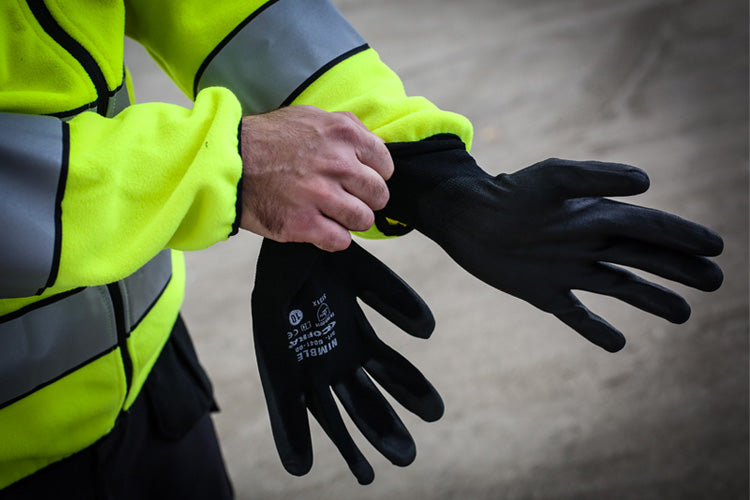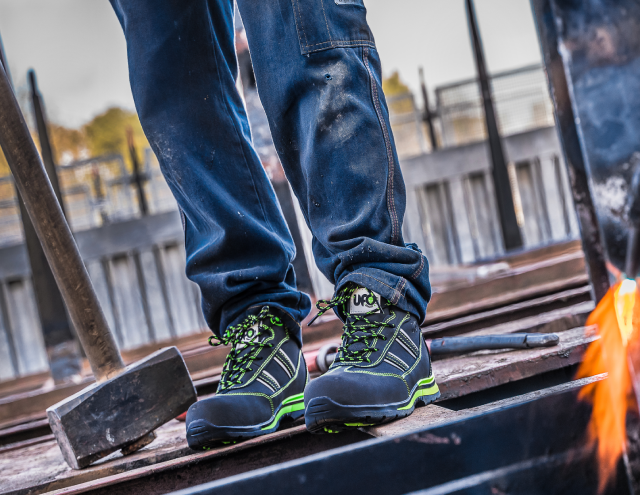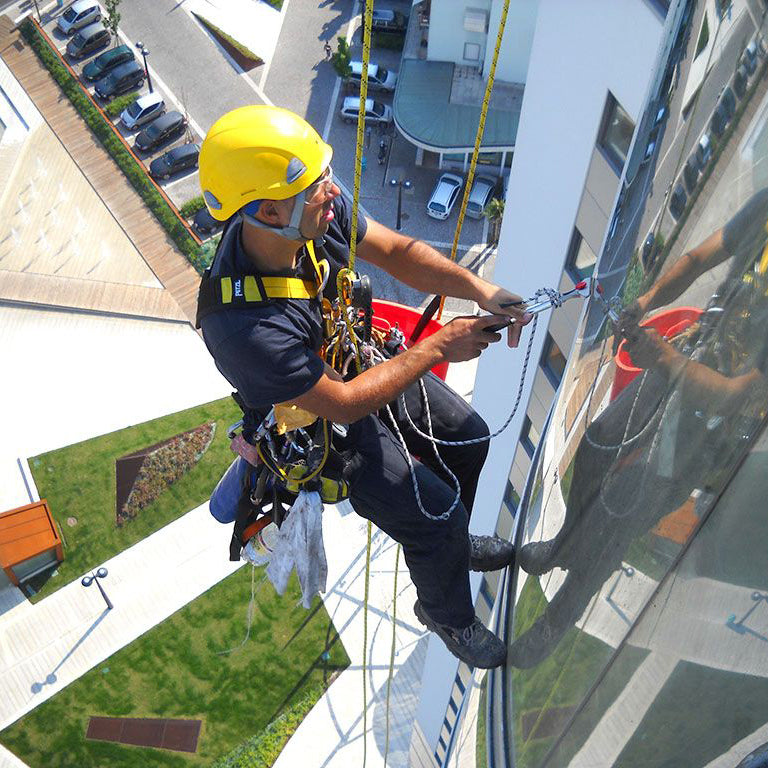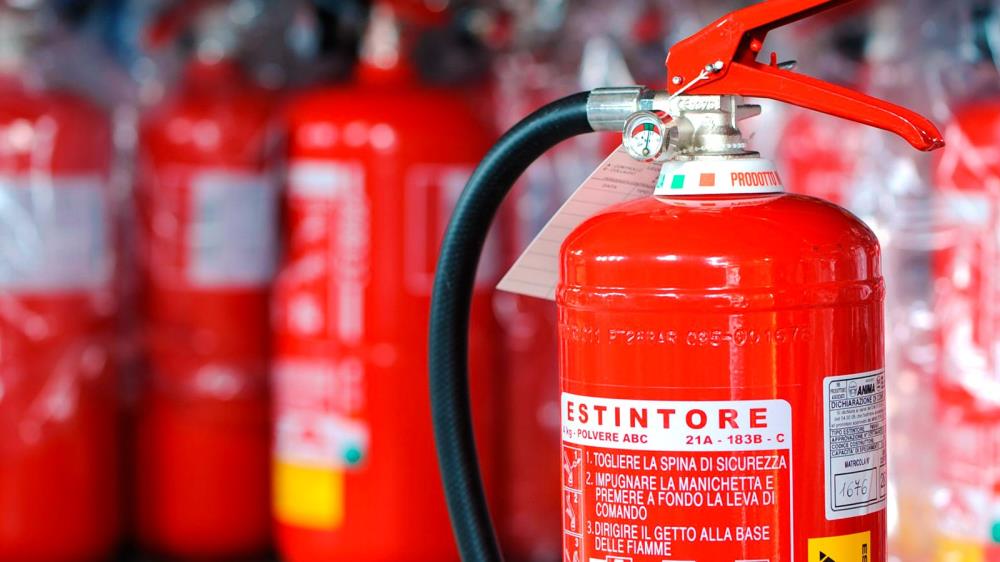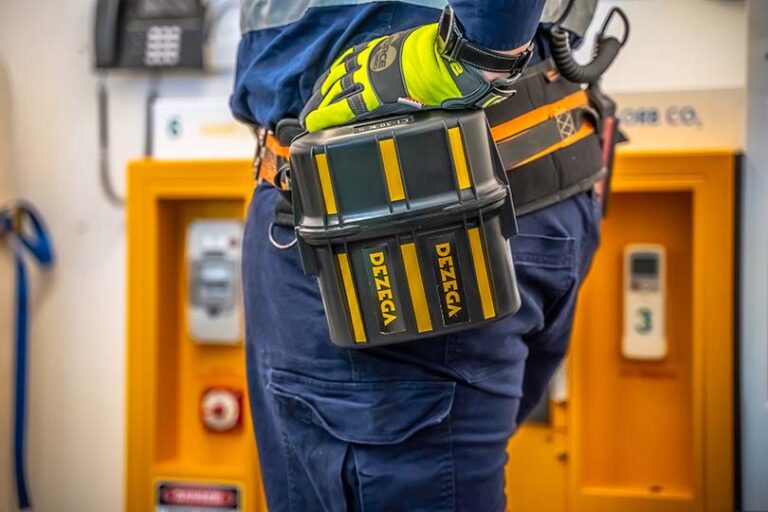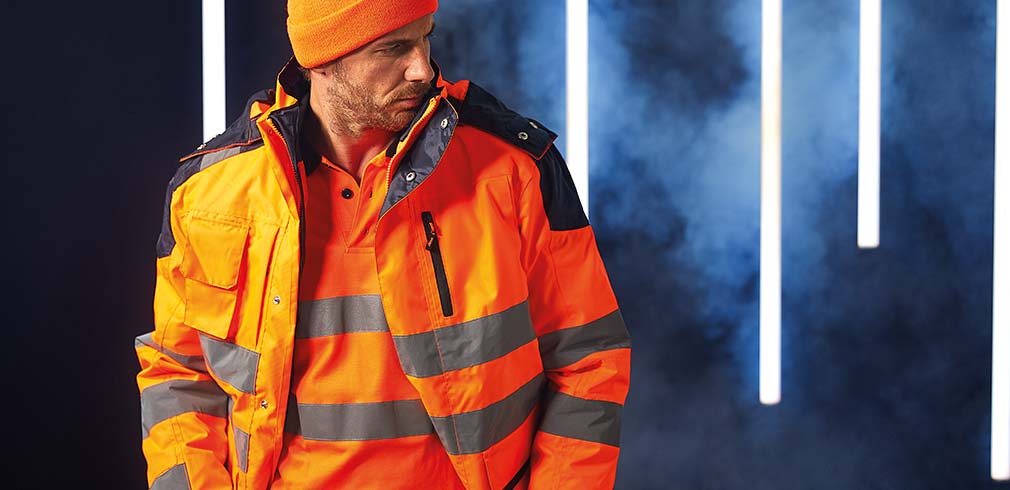Since the inception of the use of metal for the construction of ship hulls for various purposes, shipbuilders have been constantly looking for more advanced manufacturing technologies. The use of metal structures in the manufacture of ship hulls made it possible to significantly increase the strength characteristics of ships.
Using the traditional riveting method to assemble the support frame significantly increased the vessel's weight. The use of arc welding in shipbuilding made it possible to effectively cope with this problem. This technology made it possible to reduce the total weight of the ship by 10-15%.
In addition, welded metal structures compared to riveted ones offer a number of undeniable advantages. Thanks to the use of structural elements with the minimum permissible cross section and optimal shape, it becomes possible to significantly reduce the total mass of the structure. In addition, the use of fewer fastening components and more rationally shaped elements can significantly save metal. At the same time, welding in shipbuilding made it possible not only to significantly increase the strength and reliability of all joints, but also to reduce the labor and time costs of shipbuilding. This is possible due to the possibility of mechanization and automation of the welding process.
Types of welding in shipbuilding
Arc welding methods are mainly used in the manufacture of ship hulls. The creation of a welded joint of two parts occurs by heating the welded chrome and fusing them with the heat released during the combustion of an electric arc. Formation of molten metal and good metal flow promotes free mixing and unification during subsequent crystallization. .A similar mechanism for the formation of permanent joints is provided by the types of welds:
- Manual electric arc with covered stick electrodes;
- Non-consumable argon arc tungsten electrodes in an inert gas environment;
- MIG / MAG - mechanized welding with consumable electrode in shielding gas;
- Automatic submerged arc welding;
- Gas welding.
In shipbuilding, each of these technologies is used to varying degrees. However, electric arc welding has become the most popular. Connecting parts by the gas-oxygen method has become less and less used recently. This is mainly due to the low productivity of the process and the probability of structural deformations following welding operations .
Which electrodes are used for welding in shipbuilding
Depending on the type of shipbuilding steel, covered stick electrodes of the main type are used: for welding high-strength steels in all spatial positions and with a thin layer coating for installation of tacks and downhill welding. When working on a semi-automatic device, both rutile flux-cored wire in CO2 shielding gas and rutile flux-cored wire in Ar/CO2 shielding gas mixture are used for welding in all spatial positions and on ceramic coatings. In addition, the high performance flux cored wire is used to weld fillet welds and filler transitions in the lower spatial position in Ar/CO2 or 100% CO2.Choosing welding consumables is a rather important step in preparing for the welding process. We offer to familiarize yourself with some recommendations that allow you to make the right choice of welding consumables:
- It is necessary to take into account the thickness of the parts to be welded. The larger this parameter, the larger the diameter of the electrode should be. For welding metal with a thickness of 0.5 ... 1.5 mm, it is best to use TIG welding or a semi-automatic device.
- Welding material directly depends on the type of welding machine that performs the welding process.
- The type and grade of weld material is greatly influenced by the grade of base metal to be welded and the requirements for the deposited metal.
We select welding materials for the welding machine
- Semi-automatic To carry out welding on this type of welding equipment, you need to choose the best option for the welding wire. Depending on the thickness of the metal to be welded, the spatial location, the required mechanical characteristics of the deposited metal and the productivity, a solid or flux-cored wire of one or another brand is selected.
- Argon arc welding equipment with non-consumable electrode (TIG). The most common TIG welding process is used in shipbuilding for welding aluminum and its alloys. To carry out the welding process it is necessary to use tungsten electrodes of a certain marking (alloy) depending on the type of current (direct or alternating). Also, the choice of brand of tungsten electrode is influenced by the power of the arc (the value of the welding current), on which welding will be performed. The welding material in this process is a filler rod of a certain diameter and grade, which should be selected according to the grade of the metal to be welded and the required mechanical characteristics. Manual arc welding equipment. Among devices of this type, inverters are currently the most popular. For manual arc welding, coated stick electrodes are used.


